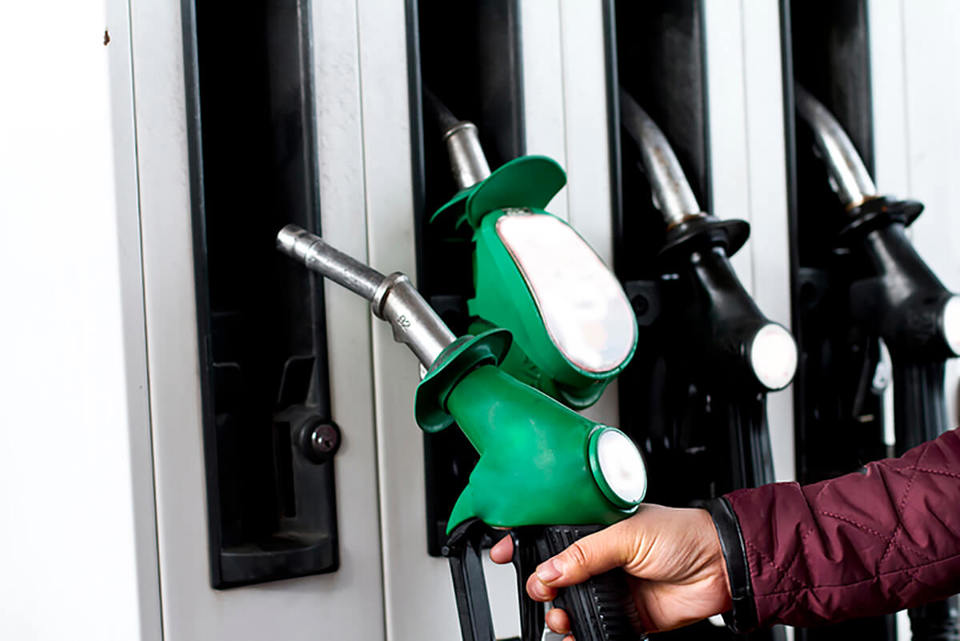We have barely begun this Olympic year and the news regarding fuel prices is already looking bleak.
Pump prices have started to rise with diesel reaching a new record high average of 143.05p, according to the AA’s latest fuel price report.
Although it is impossible to guess where fuel prices will head week by week, it is a fact that the average cost of petrol in the UK has been above 130p per litre since March 2011 and diesel above 140ppl since July.
At these prices, and with oil prices once again on the rise, the cost of fuel will remain on the agenda for fleets.
Fleets are employing a variety of tactics to reduce their fuel spend, but much of their activity is only as effective as their method of reimbursement.
And they have a number of methods available to monitor fuel use and expenditure.
Many organisations use the Government’s Advisory Fuel Rates (AFR)as a means of reimbursement, primarily due to the perceived ease of calculating business mileage totals.
However, disparity in vehicle fuel efficiency mean the fixed rates are increasingly problematic.
According to data from TMC’s Mileage Audit database, average real-world fuel consumption is 12% worse than the official combined mpg for each car.
Although the HMRC builds 15% into the AFR calculation, individual cars’ mpg can be much higher or lower than average.
In addition, paying a fixed amount per mile makes no allowance for how efficient a driver is behind the wheel. Whether they achieve 60mpg or 40mpg has no impact on the fleet budget; the only one losing out is the employee.
Consequently, investing in training to encourage staff to drive more efficiently is a waste of money if the fleet is paying fixed AFRs.
The AFR reimbursement method also raises questions over a fleet strategy that seeks to encourage staff into lower CO2 cars when the rates are based on engine size alone.
While there is a correlation between engine size and CO2 emissions, it isn’t a direct relationship – some 2.2-litre diesel engines (AFR: 18ppm) emit fewer CO2 emissions and are more fuel efficient that 2.0-litre diesels (AFR: 15ppm).
“Fleets that encourage the use of low CO2 cars could be paying significantly more than necessary for fuel if they pay the full AFR rate,” says Paul Jackson, managing director of fuel expense management specialist TMC.
This disparity could become more important as the use of hybrid vehicles increases as, at present, there are no specific AFRs for these models.
Anyone using a Toyota Prius, for instance, would be able to claim the standard rate for a 1.8-litre petrol-engined vehicle of 18 pence per mile where the real-world figure is more likely to be around 8ppm.
“For as many months as I can remember, people have been complaining that fuel rates set by the HMRC are not truly representative of actual cost of fuel and hence causing their drivers a problem,” says Julie Jenner, national chairman of ACFO.
“My advice is to not to use fuel rates – they are old hat now as far as I am concerned. There are far more robust ways to capture mileage and to ensure that you use actual cost. That way nobody is out of pocket.”
There are essentially two main methods of fuel reimbursement (although various permutations exist): pay-and-reclaim or fuel card.
With the former the driver pays for the fuel and reclaims the business fuel spent. This is usually done at a fixed rate such as the AFR via a claim form or spreadsheet system.
















Login to comment
Comments
No comments have been made yet.